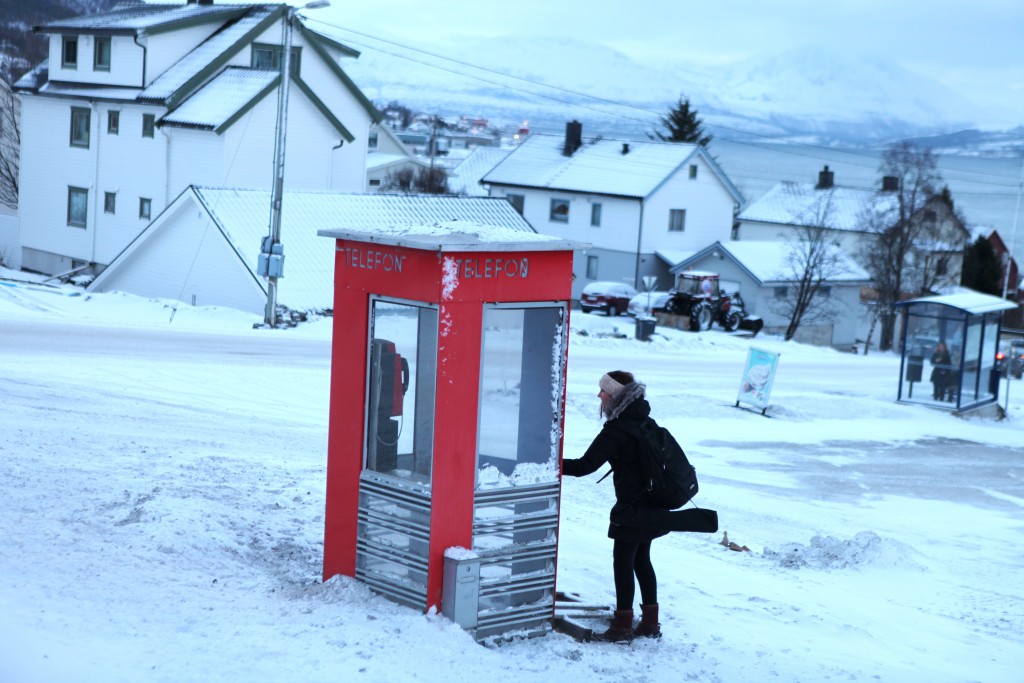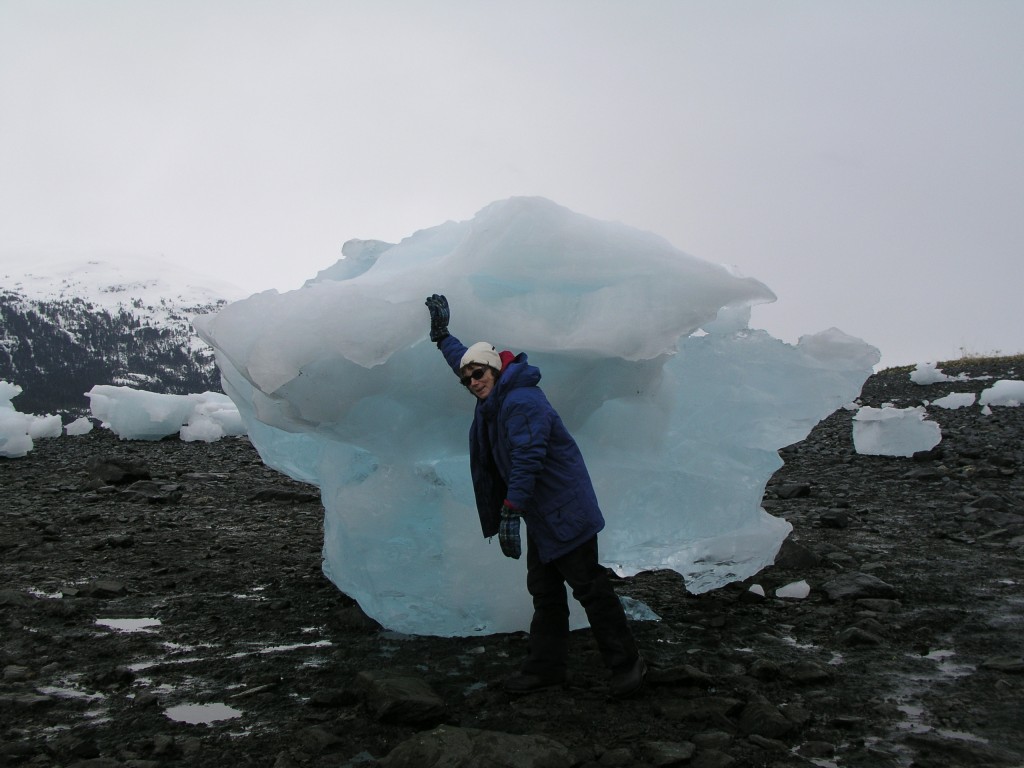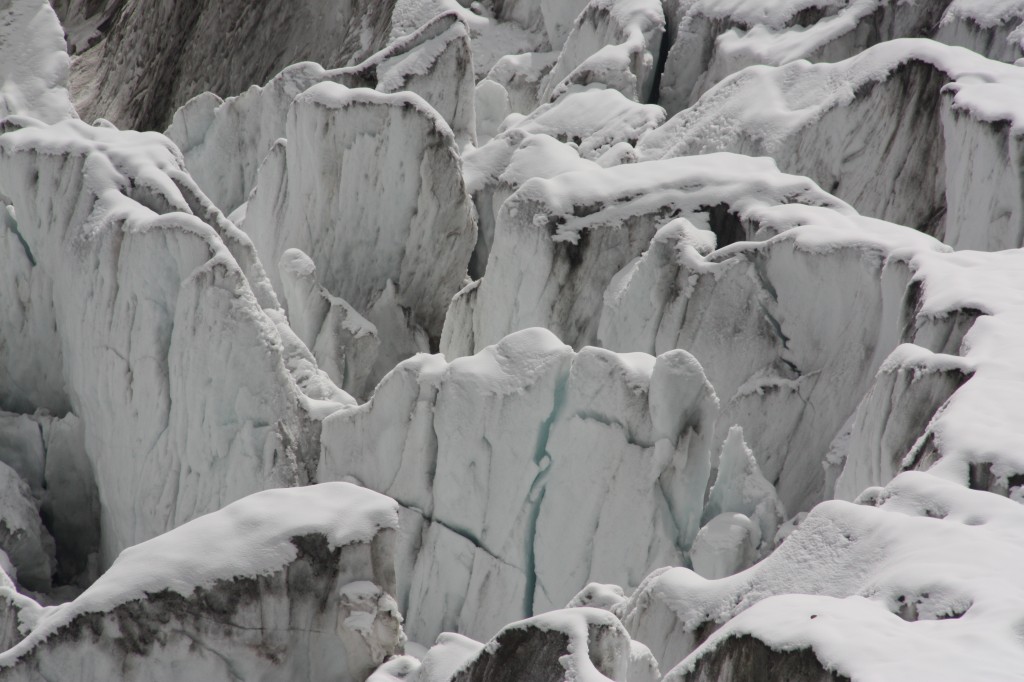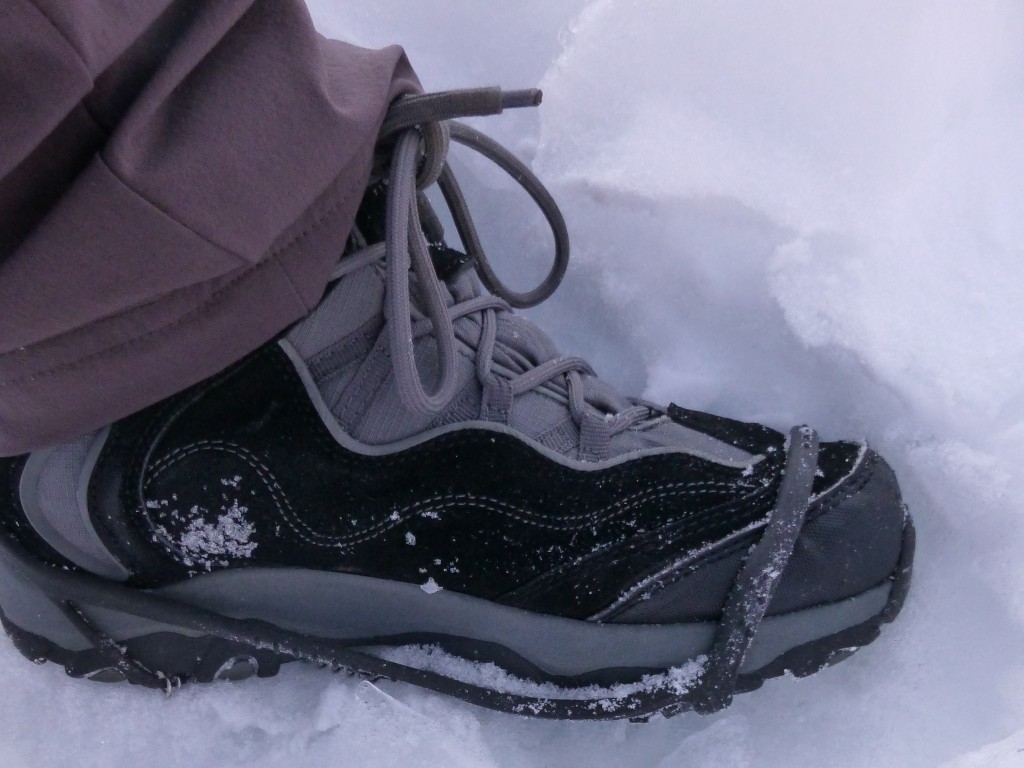Search Results for Tag: New Zealand
New Zealand glaciers on the retreat
During my first trip to Australia around 25 years ago, I was standing outside a phone box (there are still such things even in this smartphone age) one evening, in a chilly wind.
“That wind’s coming straight up off the pole”, a local told me. Up off the pole? That was a weird image for a visitor from the northern hemisphere. It figures, the wind blows up rather than down from the pole when you’re at the other end of the world.
A few years later, during a visit to New Zealand, I was tickled to find there were “alps” to visit, with glaciers, reminiscent of some of my favourite hiking territory in Switzerland. I haven’t heard much about them since.
There hasn’t been much about New Zealand in the media here in Europe, except when earthquakes strike, or – the latest popular summertime story – the decision to exterminate all “alien” predators like mice, rats and possums.
But this week I came across a story by the New Zealand Herald on Twitter, entitled “warning sounds for vanishing glaciers”. Needless to say this set the alarm bells ringing with the Iceblogger.
It seems these beautiful icy regions have also been affected considerably by climate warming.
Rapid retreat
The South Island of New Zealand is home to snowy mountains and picturesque glaciers. The article by Jamie Morton describes how the glaciers have been retreating massively since 2011. The pictures, taken by Brian Anderson of Victoria University’s Antarctic Research Centre, show a dramatic change. The latest measurements for Fox Glacier and Franz Josef Glacier, the ones I visited, show they have “shrunk to record levels”, the article quotes Dr. Anderson.
I must delve into my photo archive at home for pics taken when I was there in 2000 and compare them with the latest. I have the feeling the comparison would be a sobering one.
Twice a year, scientists conduct surveys of the snowlines and glacier retreats in New Zealand’s Southern Alps. The measurements take place at the end of winter, and again at the end of summer.
The scientist says the snow accumulation on the glaciers was average in winter 2015, but high by the end of the very warm summer in 2016.
In the last five years, it seems the Fox Glacier has retreated 750 meters, the Franz Josef as much as 1.5 kilometres.
The ice volume in the Southern Alps has decreased from 170 cu km in the 1890s to a current 36.1, and is predicted to go down to between 7 and 12 cu km, by 2100. Yikes.
The last dramatic loss of ice was during the summer of 2010/2011, under the influence of a strong La Nina climate system – one of the strongest ever recorded, according to Jamie Morton. The latest ice loss appears to be similar in amount.
“Based on regional warming projections of 1.5C to 2.5 C, it has been projected by glaciologists Valentina Radic and Regine Hock that just 7 to 12 cu km of ice would remain on the alps by the end of this century, Morton writes.
The snowline has also moved up to “exceptionally high levels”, Morton quotes Dr. Andrew Lorry from the National Institute of Water and Atmosphere (NIWA).
Warming water, melting ice
The article says before last summer, the experts expected the El Nino to have a major impact. But instead, it was unseasonably warm sea surface temperatures in the Tasman Sea, bringing warmer air over land, that caused the damage.
With temperatures higher than average so far this season, it seems likely more ice and snow will be melting.
Are we surprised by all this? Perhaps not. Concerned? Saddened? Definitely. Clearly the cold wind blowing up off the south pole, like the one blowing down from the north, is no longer enough to secure those icy areas of New Zealand.
Of course emissions reductions have to take place across the board. Local melting is not only caused by local actions. Still, countries who profit from their ice and snow, like New Zealand, where the alps are an important tourist attraction, can be expected to set a good example in implementing measures to halt the warming. The “Climate action tracker”, an independent science-based assessment of country’s emissions targets and actual action, rates New Zealand’s INDC 2030 target as “inadequate”. That means its commitment is not in line with a “fair” approach to reach a 2° C maximum temperature rise pathway.
“If most other countries followed the New Zealand approach, global warming would exceed 3–4°C”, the website says.
Maybe I better not wait too long for another visit to those New Zealand glaciers. At this rate, I will hardly even need my snow boots.
Redundant? (Pic: I.Quaile)




















Feedback